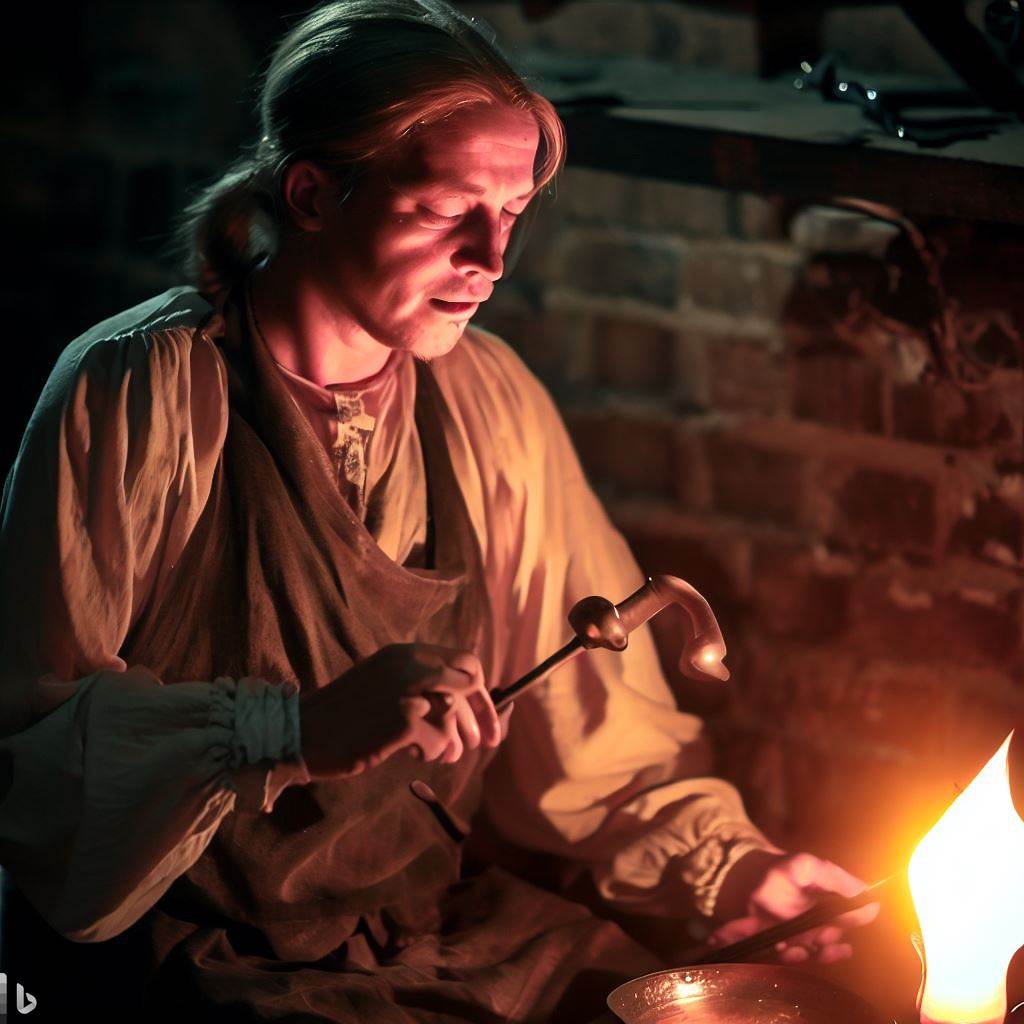Making Glassblowing Green: Adopting Eco-Friendly Studio Practices
The intense heat requirements of glassblowing studios seem to conflict with sustainability aims. However, implementing greener practices helps reduce environmental impacts while saving money on energy bills. With mindful upgrades and workflow strategies, glassblowers can diminish their carbon footprints and waste while creating beautifully.
Energy Efficiency Starts at the Source
Glass furnaces remain the most energy-hungry studio component. Optimizing energy use requires upgrades like added insulation, efficient burners, and improved door seals. Electric furnaces convert to clean energy sources through solar or wind contracts with utilities.
Strategic reheating cycles use residual heat already present rather than relentlessly overheating glass. Insulated conduit pipes conserve heat between furnace and workstation. Enhanced automation allows shutting furnaces down during downtime.
Recycling Glass for Closed-Loop Production
The raw glass for production gets recycled directly on-site in many studios now. Defective pieces, leftovers, and dripped waste glass all get continuously returned to the furnace to remelt into fresh workable material. This closes the loop on glass waste while saving on raw batch ingredients.
Some artists even incorporate recycled glass from consumer products like bottles into their pieces, giving new life to discarded glass. This regenerative approach eliminates waste while enabling creative upcycling.
Powering Up Through Solar Energy
Solar PV panel installation helps offset the heavy electrical demands of glass furnaces, ovens, and other machinery. Any surplus solar energy gets sold back to the grid through net metering programs. Passive solar design orientates the studio for natural light and heating.
For remote artists, off-grid solar, wind, and generators enable self-sufficient operation with zero fossil fuel dependence. The sunk cost pays off long-term via ongoing energy savings and insulation from grid disruptions. Renewable power sources mesh seamlessly with glass production.
Minimalizing Water Use
Glassmaking studios utilize water for cooling jacketed equipment, cleaning, and in art production. Conservation initiatives like low-flow plumbing fixtures, capture recycling systems, and drought-tolerant landscaping achieve substantial water savings, especially in arid climates.
Rainwater capture provides an eco-friendly water source for certain studio tasks, while eliminating runoff. Conscious monitoring and maintenance help detect leaks early. Thoughtful water use adds up in more sustainable studios.
Safe Handling and Disposal of Chemicals
Some glass colorants and coatings contain heavy metals like lead, cadmium, and arsenic that require careful handling and disposal to avoid pollution. Studios implement procedures for safe chemical use as well as directing spent contaminants to licensed waste management facilities.
Fume hoods protect artists from airborne toxins. Proper MSDS labeling, sealed containers, and protective gear minimize environmental and health risks when chemicals are essential to the process. Responsible use and disposal prevent ecological contamination.
Balancing Environmental Values with Quality Results
Implementing green practices takes commitment, but pays exponential dividends through cost savings, risk reduction, and pride in lighter environmental impact. The quest for sustainability frequently breeds innovation too, as in recycled glass art and renewable-powered furnaces. While some waste remains inherent, much gets eliminated through thoughtful intention. By assuming stewardship over their immediate surroundings, glassblowers contribute to the collective goal of a thriving planet. With care, glass artistry can coexist harmoniously with nature rather than extract a heavy toll. Intention aligned with action manifests as green glass.
